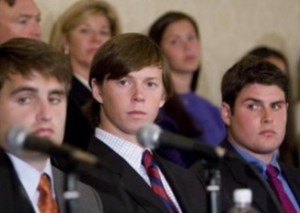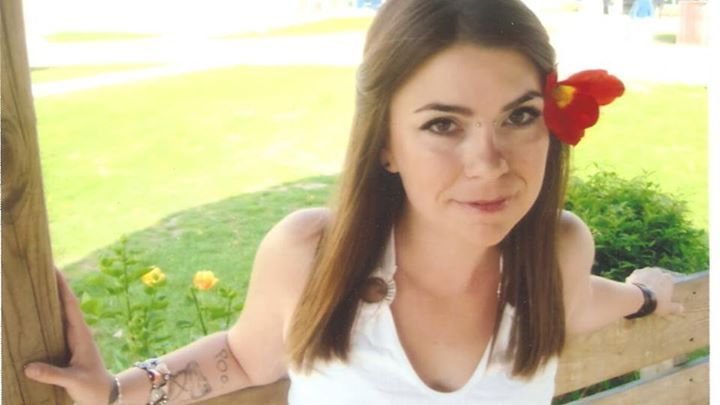
By Christopher Halkides
Main Factor leading to wrongful arrests
Prosecutorial misconduct: DA Michael Nifong may have been seeking votes in a difficult upcoming primary, and he took over the investigation early on.
Additional factors
Lack of discovery: Mr. Nifong and a scientist from a private laboratory agreed to withhold DNA evidence that was strongly exculpatory.
Police misconduct: The third photographic line-up (the one that generated the arrests) included only photographs of Duke lacrosse players. This lineup violated Durham’s own guidelines and critics called it a multiple choice test with no wrong answers.
Media narratives: The high profile of this case may have exacerbated a desire on the part of the authorities to avoid the appearance of favoring rich over poor.
Synopsis of the Duke lacrosse case
Three members of the Duke lacrosse team (David Evans, Collin Finnerty, and Reade Seligmann) were accused of raping an exotic dancer (Crystal Mangum) during a party in Durham, NC in 2006. The university cancelled the team’s season and fired its coach. Shortly after his arrest, Seligmann produced security camera evidence of his presence at an ATM machine about a mile from the house during the time at which the rape was alleged to have occurred. The state’s attorney general declared the three accused players innocent nearly one year after the first two players were arrested.
Factors leading to wrongful arrests
DA Michael Nifong may have been seeking votes in a difficult upcoming primary. The third line-up violated Durham’s own guidelines and critics called it a multiple choice test with no wrong answers. Mr. Nifong and a scientist from a private laboratory agreed to withhold DNA evidence that was strongly exculpatory. Intense media interest may have exacerbated a perceived need on the part of the authorities to arrest someone.
Additional take-home messages
This case is a remarkable example of how thoroughly criminal defendants can be demonized, thanks to the fun house mirror of the media. Peter Applebome of the New York Times asked, “How did college kids with no shortage of character witnesses become such a free-fire zone for the correct thinkers in academia, the news media and the socially conscious left?” Despite having proof of innocence, the three students lost a year of their lives to the case, which also incurred great expense. The media and elements within the faculty created a narrative of white, privileged men and a black, underprivileged woman, and they fit the facts to the narrative. On the plus side, the blogosphere was an agile powerful counterweight to the media, which began with a strongly anti-player bias.









